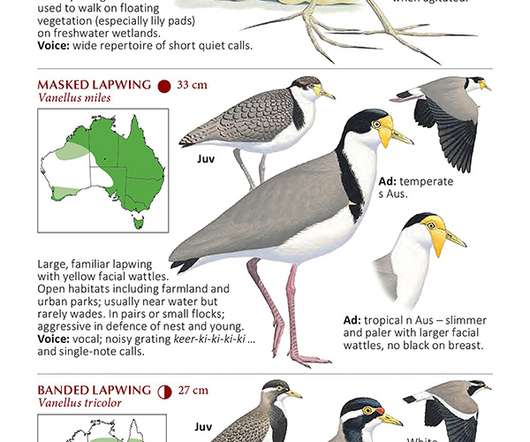The New Neotropical Companion: A Book Review by a Lover of the Neotropics
10,000 Birds
MAY 4, 2017
In a time of little published information about the rainforests of Central and South America aside from scientific journal articles and the works of 19th-century naturalists, the “little green book,” as it was called, became a must-read amongst nature-oriented travelers and researchers.












Let's personalize your content